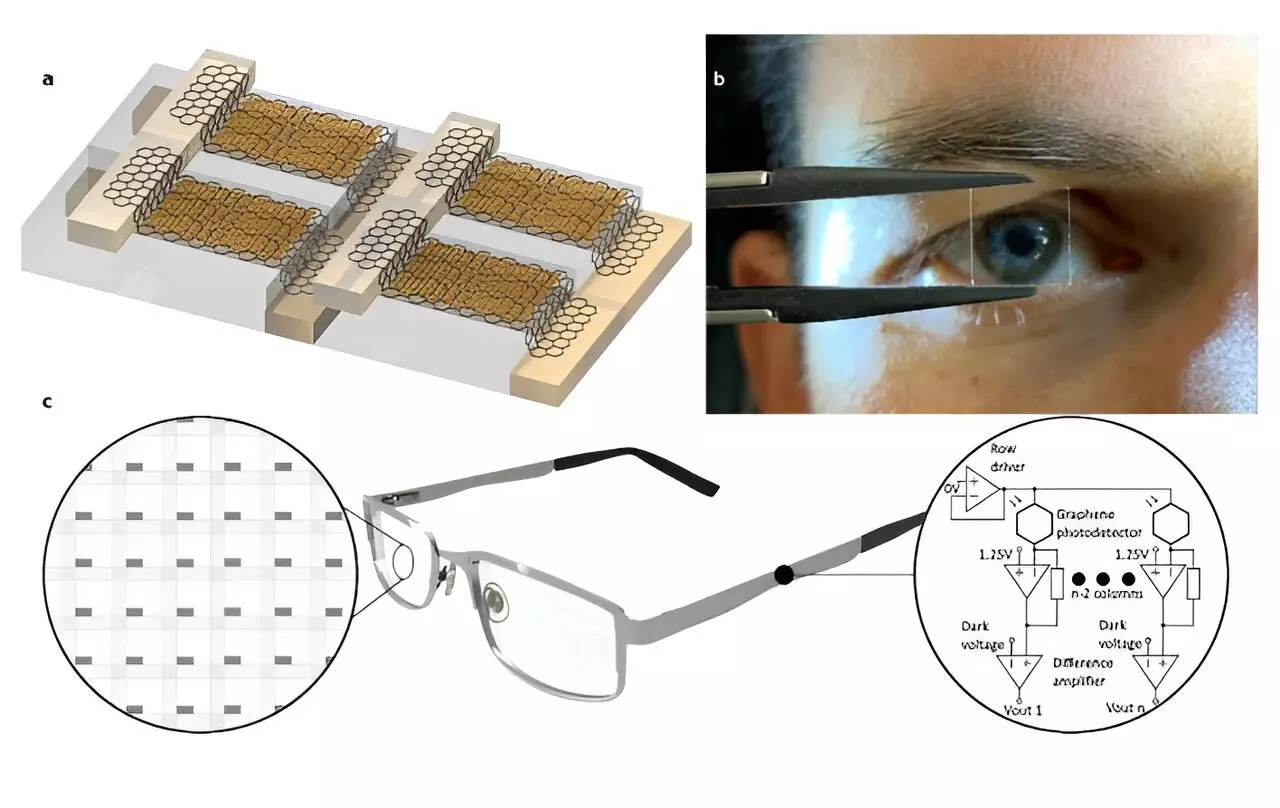Imagine a camera that is nearly transparent, allowing you to track eye movement without obstructing your view. Engineers at The Barcelona Institute of Science and Technology’s ICFO–Institut de Ciències Fotòniques have made this a reality. By developing a camera that is nearly invisible, they have opened up a world of possibilities for eye tracking applications.
The team of researchers built a photodetector using small dots of lead sulfide and sheets of graphene. When photons hit the dots, electrons are emitted and flow across the carbon atoms, creating a current. This innovative approach allows the camera to be almost invisible to the naked eye, with 95% of light passing through it. The photodetector also boasts a refresh rate of 400Hz, making it ideal for producing reliable imagery.
This groundbreaking camera has the potential to revolutionize eye tracking technology in various fields. From virtual reality helmets to automotive assistance devices, the applications are endless. Imagine having this technology integrated into standard eyeglasses or even contact lenses. However, the researchers acknowledge that more work is needed before it can be used in such applications. One challenge is the lack of a lens, limiting the camera to only work with projected images. Additionally, processing imagery and adding a power source for the processor are areas that require further development.
Despite the challenges that lie ahead, the development of this nearly transparent camera marks a significant step forward in the world of eye tracking technology. With further research and advancements, we could soon see this technology integrated into everyday devices, enhancing user experience and opening up new possibilities in fields such as advertising, healthcare, and more.
The work done by the engineers at The Barcelona Institute of Science and Technology’s ICFO–Institut de Ciències Fotòniques is truly remarkable. Their innovative approach to creating a nearly transparent camera for eye tracking purposes has the potential to shape the future of technology as we know it. As we look ahead, it is exciting to imagine the endless possibilities that this breakthrough could bring to our lives.


Leave a Reply